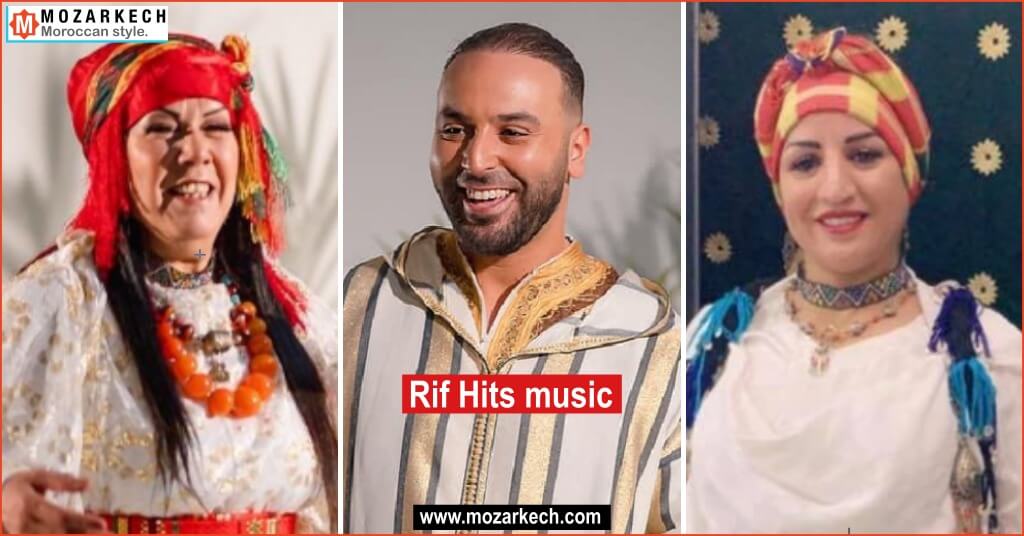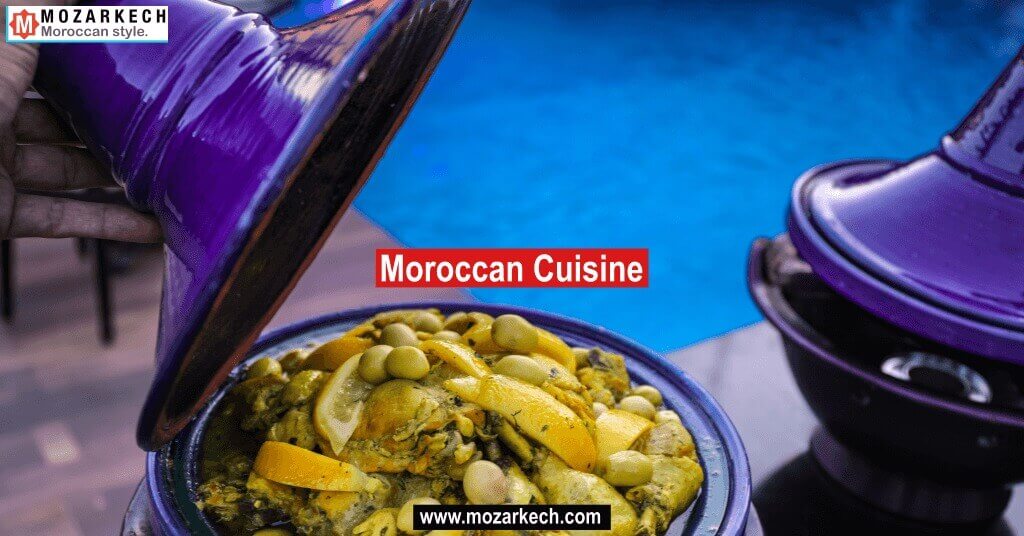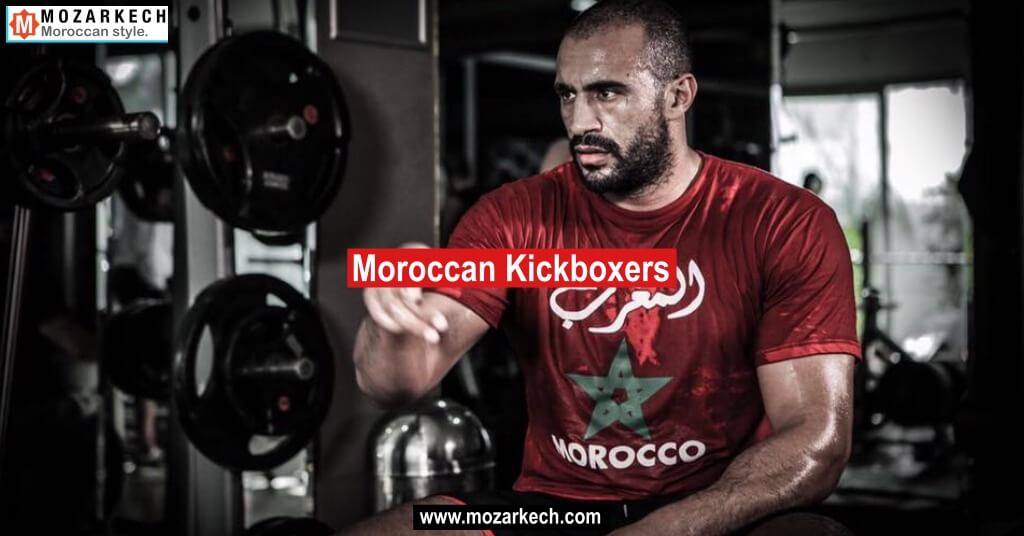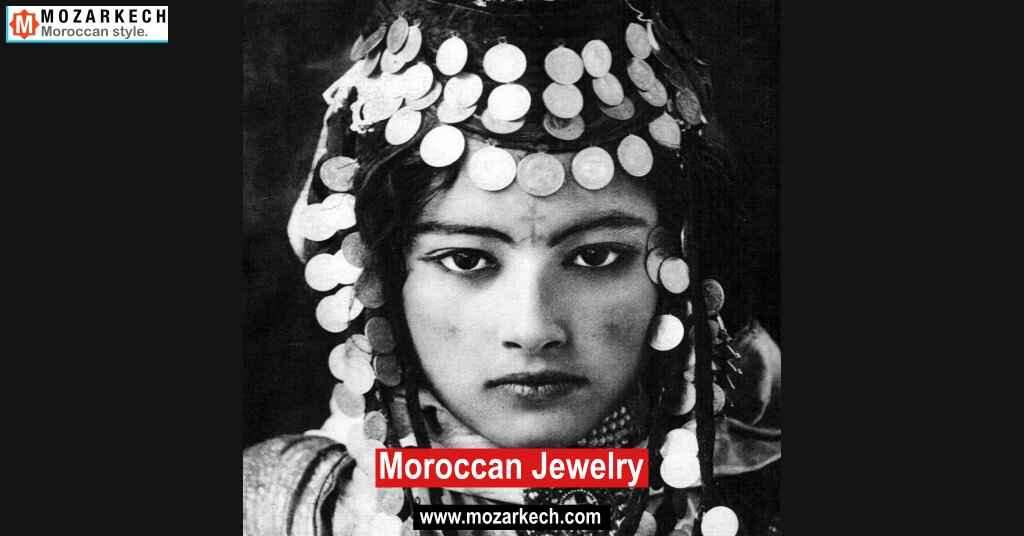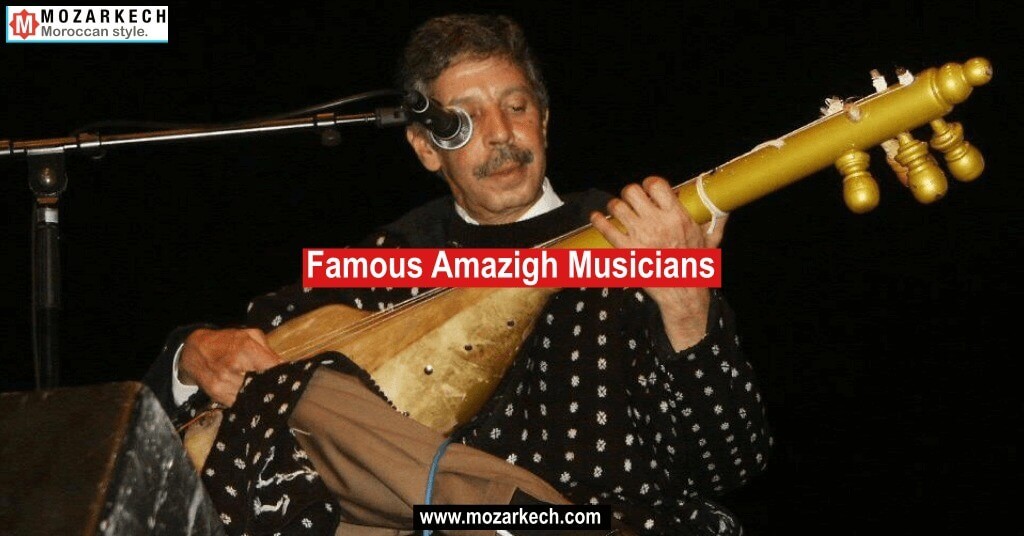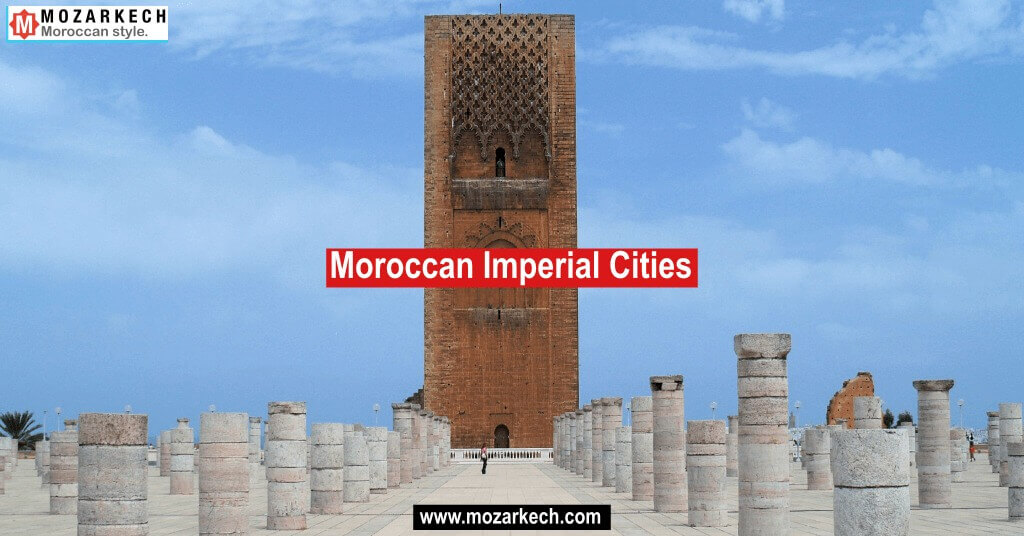
Morocco has been ruled from various cities throughout its history, with the title of capital shifting from one to another. Fes, Marrakech, Rabat, and Meknes are the major cities we’re talking about.
Morocco’s Imperial Cities are a showcase for the country’s vibrant culture and diverse heritage.
All of these cities have a lot in common, like an old Medina, royal palaces, new French parts, and being close to a lot of fun excursions. Historical sites can be found all over Morocco’s Imperial Cities, particularly in the Medinas, which can take you on a journey into the past.
1. Marrakech “The Red City”
Marrakech is Morocco’s fourth largest city and the most well-known tourist destination. The city was established in 1062 by Almoravid King Yusuf Ibn Tashfin.
The medina was later surrounded by red walls, which included several Quranic schools and mosques. Between the western Maghreb and Sub-Saharan Africa, the city became a significant ethnic, political, religious, and trade centers.
In 1147, the Almohads conquered the city and destroyed almost all of the city’s monuments and palaces. They went on to build the Koutoubia Mosque. Under Sultan Ahmed Al-Mansour Ad Dhahbi, Marrakech became the capital of the Saadian kingdom in the 16th century.
Marrakech, like the other imperial cities in Morocco, has both an ancient medina and new regions. A huge traditional market can be found in the vibrant medina, with shops selling everything from traditional Amazigh (Berber) carpets to intricately carved lanterns.
2. Fes
Fes is Morocco’s second-largest city, with walls that stretch for nearly 10 miles and a population of 1.1 million people. It is the biggest imperial city in Morocco. Idriss I founded Fes, which has served as the capital of Morocco for four separate dynasties: Idrisid (789), Marinid (1248), Wattasid (1465), and Alaouite (1666).
Fes is one of the most well-preserved ancient towns in the Arab-Muslim world. The University of Al Qarawiyyin, for example, is a UNESCO World Heritage Site. The university, which was established in 859, is the world’s oldest currently operating university.
Taking a tour through the maze of the Medina is also a great treat for tourists in Fes; there, you can see the most popular Riads of Morocco.
Apart from the medina, the Zaouia of Moulay Idriss II and the Al Attarine or Bou-Inania madrassas, or schools of Quranic learning, are two other worthwhile attractions in Fez.
Fes is among the best known cities in medieval Jewish history. Indeed, it was one the home of one of the most influential Talmudic scholars of all times, Rabbi Isaac Alfasi, as well as of Maimonides in the years 1160 to 1165.
Fes, founded in the 8th century, is definitely Morocco’s most fascinating city. This metropolis, sited in a valley, was Morocco’s first capital, and is today the kingdom’s intellectual, religious and cultural center.
3. Meknes
Meknes is less than an hour’s drive from Fez, its imperial capital. It was created by Almoravids from the Meknassa, a great Amazigh tribe that had fled Tunisia. The Almohads destroyed the city and reconstructed it between 1199 and 1213.
The Almohads and Marinids founded madrassas like Bou Inania, mosques, and kasbahs (Kalled fortresses).
Later, the Alaouite Sultan Moulay Ismail started building massive palaces, parks, temples, and more than 40 kilometers of 15-meter-high walls. The Sultan of Meknes selected Meknes as the capital of his kingdom in 1672.
Sultan Moulay Ismail has left historical places for the world to see hundreds of years since his death. The massive pool, vast wall, and magnificent palace are only a few examples. Along with the Medina, Lahdim Square is a must-see location where you can get a close look at Moroccan history and culture.
4. Rabat
Rabat is Morocco’s capital and the country’s seventh largest city, with a population of about 580,000 people and a metropolitan population of over 1.2 million people in 2014. It is also the administrative capital of the Rabat-Salé-Kénitra district.
The city was established as a military town in the 12th century by the Almohad ruler Abd al-Mu’min. The city developed slowly, but after the Almohads fell out of power, it went through a long period of decline. Rabat became a refuge for Barbary pirates in the 17th century.
Yaqub al-Mansur, another Almohad Caliph, moved the capital of his empire to Rabat. He built Rabat’s city walls, the Kasbah of the Udayas and began construction on what would have been the world’s largest mosque. However, Yaqub died and construction stopped. The ruins of the unfinished mosque, along with the Hassan Tower, still stand today.
Rabat was added to the list of Morocco’s imperial cities in the 18th century by Alaouite Sultan Mohammed III, and it is now the country’s second-largest city.
Rabat’s architectural history is embodied in the imperial city’s many temples. Rabat’s European architecture and architectural style highlight the city’s modernity. The palace of King Mohammed VI and all foreign embassies are also located there.
Conclusion
The Imperial Cities of Morocco are Fes, Meknes, Marrakech, and Rabat, which are all UNESCO World Heritage Sites. Marrakech is where Europe, Africa, and the Middle East collide and unite, dating back to a thousand years.
If you’re a history buff, the Moroccan Imperial cities are the perfect places to go. The diversity in these cities stems from a long tradition of intermixed societies that have coevolved. Morocco is unquestionably one of the best destinations to visit if you’re interested in cultural diversity.
If you visit Morocco without any prior knowledge of its history and culture, you can miss out on some of the incredible ancient sites that the country has to offer.


